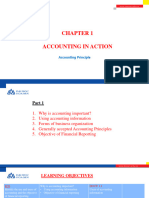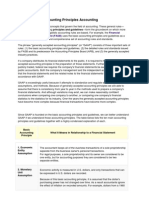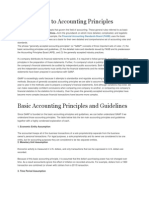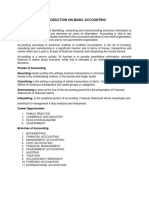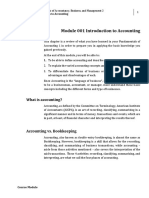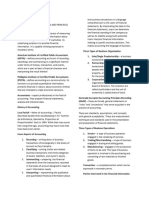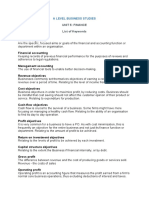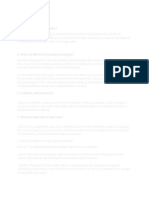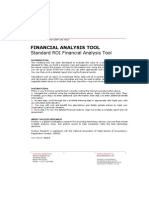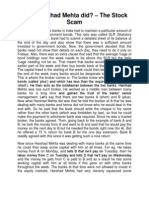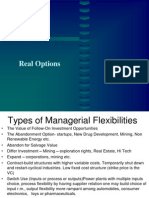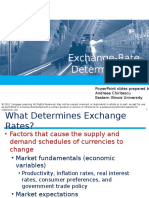0% found this document useful (0 votes)
10 views8 pagesPOA Notes
The document outlines key concepts in accounting, including purchases, revenue expenditures, advantages and disadvantages of accounting, and various accounting principles such as the money measurement concept and going concern concept. It also differentiates between capital and revenue expenditures, explaining their implications for business operations and financial reporting. Additionally, the document discusses the importance of budgeting, types of accounts, and the role of cost accountants in managing business finances.
Uploaded by
bhuvan1863Copyright
© © All Rights Reserved
We take content rights seriously. If you suspect this is your content, claim it here.
Available Formats
Download as DOCX, PDF, TXT or read online on Scribd
0% found this document useful (0 votes)
10 views8 pagesPOA Notes
The document outlines key concepts in accounting, including purchases, revenue expenditures, advantages and disadvantages of accounting, and various accounting principles such as the money measurement concept and going concern concept. It also differentiates between capital and revenue expenditures, explaining their implications for business operations and financial reporting. Additionally, the document discusses the importance of budgeting, types of accounts, and the role of cost accountants in managing business finances.
Uploaded by
bhuvan1863Copyright
© © All Rights Reserved
We take content rights seriously. If you suspect this is your content, claim it here.
Available Formats
Download as DOCX, PDF, TXT or read online on Scribd
/ 8




